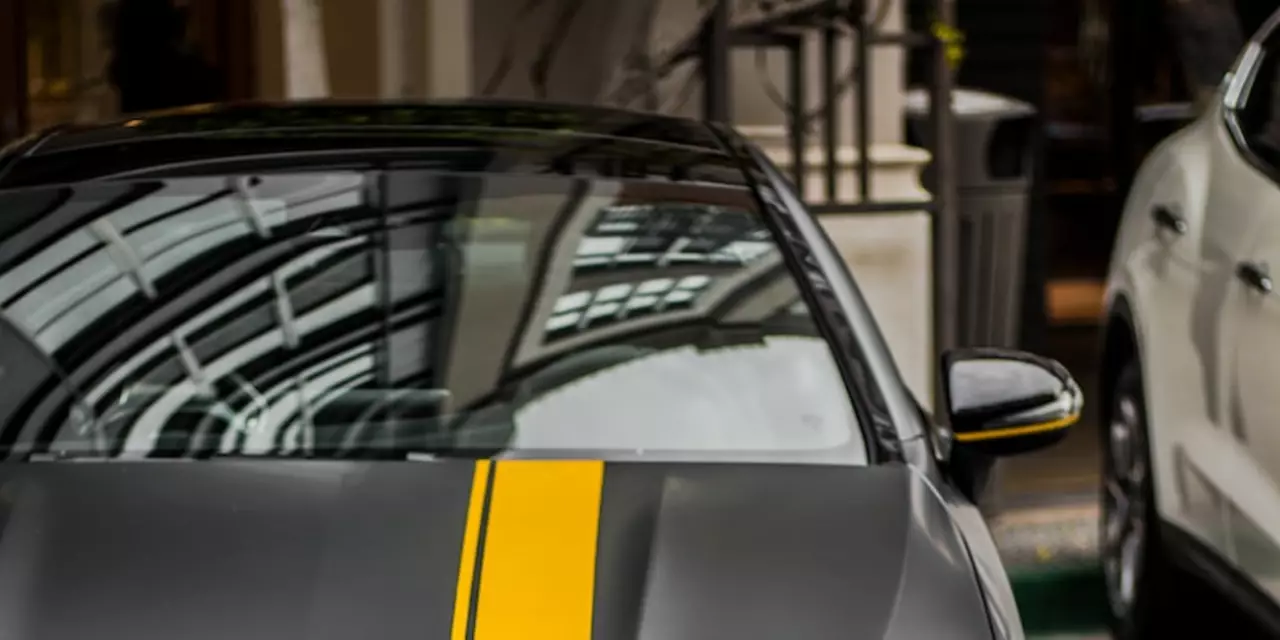Young Person Motorsport Guide: How to Start Racing and Grow Fast
If you’re under 30 and the sound of an engine makes your heart race, you’re in the right place. Getting into motorsport isn’t just for seasoned pros – the right steps can put you behind the wheel faster than you think. Below are the basics you need to know, from the first kart to your first race licence.
Start Small: Karting and Local Clubs
Most drivers begin in karting because it teaches car control without a huge price tag. Look for a karting track near you and sign up for a beginner session. The learning curve is steep, but a few hours on a kart will teach you braking points, cornering lines, and racecraft. After a few weekends, join a local karting club. Clubs host regular races, give you a chance to meet other young drivers, and often have mentorship programs.
Get Licensed and Learn the Rules
Before you can step onto a real circuit, you need a racing licence from your national motorsport authority. In the UK, that means getting a Grade 2 licence from Motorsport UK. The process includes a written test on safety regulations and a practical assessment on a track. It sounds formal, but the paperwork is quick and the exam is straightforward if you’ve logged a few hours of track time.
While you’re studying for the licence, binge on the basics: flag meanings, pit lane etiquette, and the importance of a fire‑extinguishing system. Knowing the rules not only keeps you safe, it also impresses team owners who look for disciplined drivers.
Once licensed, you can enter beginner series like the British Formula Ford or Ginetta Junior. These championships use identical cars, so the focus stays on driver skill. Plus, they’re a proven pathway to higher categories.
Networking matters as much as seat‑time. Attend race weekends, bring a business card, and chat with team managers. Social media groups for young racers are also gold mines for tips on where to find test days, discounted equipment, or even scholarship opportunities.
Don’t overlook fitness. A racing driver’s body is a tool: core strength, neck endurance, and cardio level affect lap times. Simple routines – planks, shoulder presses, and interval running – can boost your performance without a gym membership.
Finally, track your progress. Use a notebook or an app to log lap times, weather conditions, and car setup changes. Review the data after each session to spot patterns – maybe you lose a second entering Turn 3 because of braking technique. Small tweaks add up fast.
Remember, age is just a number in motorsport. Whether you’re 18 or 28, the steps stay the same: start with karts, get licensed, join a junior series, stay fit, and network relentlessly. Follow these basics and you’ll be racing towards your dream faster than you imagined.

For a young person, what do you think is the best car to buy?
For a young person, there are numerous factors to consider when choosing the best car to buy. Cost, safety, fuel economy, and reliability are all important considerations. For those on a budget, a smaller, used car may be the best option. Those looking for a reliable car should consider a well-known brand, such as Toyota or Honda. For those looking for a safer car, a sedan or SUV may be a better choice than a sports car. Additionally, those who prioritize fuel economy should look at hybrid and electric car options. Ultimately, the best car to buy depends on the individual's needs and budget.
read more

